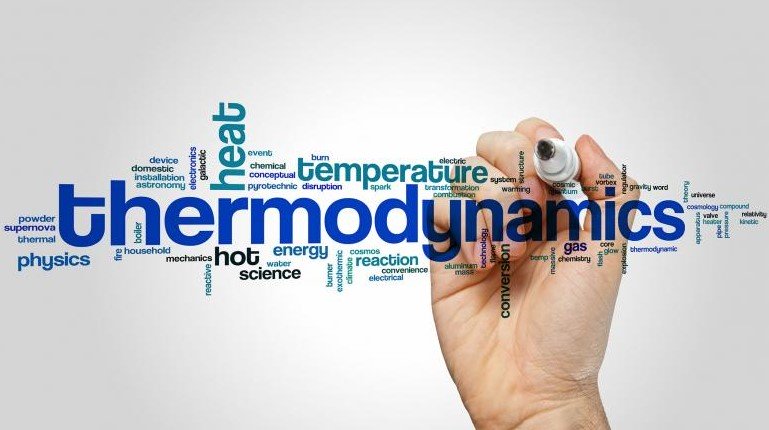31. The general gas energy equation is (where Q1 – 2 = Heat supplied, dU = Change in internal energy, and W1 – 2 = Work done in heat units)
A. Q1 – 2 = dU + W1 – 2
B. Q1 – 2 = dU – W1 – 2
C. Q1 – 2 = dU/W1 – 2
D. Q1 – 2 = dU x W1 – 2
32. The compression ratio for Diesel engines is
A. 3 to 6
B. 5 to 8
C. 15 to 20
D. 20 to 30
33. In an isothermal process,
A. there is no change in temperature
B. there is no change in enthalpy
C. there is no change in internal energy
D. all of these
34. Which of the following is the correct statement of the second law of thermodynamics?
A. It is impossible to construct an engine working on a cyclic process, whose sole purpose is to convert heat energy into work.
B. It is impossible to transfer heat from a body at a lower temperature to a higher temperature, without the aid of an external source.
C. There is a definite amount of mechanical energy, which can be obtained from a given quantity of heat energy.
D. all of the above
35. The heating and expanding of a gas is called the thermodynamic system.
A. Yes
B. No
36. Otto cycle efficiency is higher than Diesel cycle efficiency for the same compression ratio and heat input because in Otto cycle
A. combustion is at constant volume
B. expansion and compression are isentropic
C. maximum temperature is higher
D. heat rejection is lower
37. Liquid fuels have higher calorific value than solid fuels.
A. Yes
B. No
38. The free expansion process is __________ non-flow process.
A. reversible
B. irreversible
39. A mixture of gas expands from 0.03 m3 to 0.06 m3 at a constant pressure of 1 MPa and absorbs 84 kJ of heat during the process. The change in internal energy of the mixture is
A. 30 kJ
B. 54 kJ
C. 84 kJ
D. 114 kJ
40. The gas constant (R) is equal to the __________ of two specific heats.
A. sum
B. difference
C.product
D.ratio
